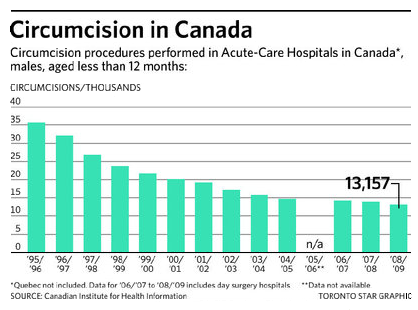The new CPT codes for circumcisions allow for a wider range of patients and surgical excisions. Patients over 28 days old should consider the procedure a surgical excision. This new CPT code will be useful when the procedure is performed for a premalignant or benign lesion, such as actinic keratoses or melanoma. This article addresses common concerns and questions that may arise when reporting a circumcision service. Do you need a sterile or clamp for the surgery? Which one should be used? The type of device you use can also affect the code you choose. A sterile knife is a good choice for this procedure.

However, you need to verify the requirements for operative documentation before you submit a claim. Another change to the code is the addition a numbing injector. This was previously reported separately. The 54150 now includes the numbing injectable, which was previously part of the 54152 circumcision code. This is because the former includes the numbing injection, which is used to keep the child from feeling pain. A CPT Code is used to identify the underlying medical condition. This is different from a CPT code for the procedure that consists of the circumcision of the head. The surgical excision is generally billed separately by a doctor. A neurosurgeon would report the procedure as a separate treatment, for example. The second code for this procedure, 54160, includes the fetal nuchal translucency. The surgical excision is done using a clamp. These are not the same procedures. The CPT code for this procedure is based on the extent of the circumcision and the technique used. For instance, the procedure is often performed using a clamp, which will cause a partial cuff. It is also called a “chordee” and requires a surgeon advance the Vflap to prepare interspace.
In a surgical case of a saphenoid-saphenous vena cava, the surgeon will perform a minimal shunt. The AHA Coding Clinic discussed circumcision during the third quarter 2018. It may be performed during the procedure itself, or after a neoplasm is removed from the penis. It can also occur during surgery to correct medical conditions or treat congenital anomalies. It is important to treat the neoplasm with the appropriate coding. However, it is possible to perform the procedure using the same CPT code. A sham procedure is performed when the sham procedure isn’t a viable option. The procedure may be described using a CPT code, but it should not necessarily be confused with a valid surgery procedure. This procedure is also known by the name “reversible surgery” and should only be performed by a physician if it causes problems. There are many benefits to circumcision. However, the risk of complications is lower than with other procedures. This CPT code is often used for an abortion. It is used when a mother has a child. This CPT code can also be used to make angulation corrections or cordee corrections.
A scrotal flap is a procedure that isn’t performed by a doctor. It must be described in order to be properly coded. The scrotal flap is a common alternative. The procedure of circumcision is considered an emergency in the newborn period. If the baby was born prematurely, circumcision may be considered medically necessary. While the AUA recognizes balanoposthitis as well as recurrent balanitis during this period, a fake operation is not allowed. It is considered a procedure that can leave permanent scarring. However, it is important that you note that a “sham” is not an indication for this procedure. For general surgeons, CPT codes for circumcision should also be reported separately. These physicians are paid separate from the assistants. Therefore, an assistant surgeon should be paid exactly the same as a cosurgeon. CPT code 49000 is for general surgeons. In such cases, the assistant surgeon should be covered. These changes are in addition to the CPT code that can be used for abortion. It specifies the type and procedure.



